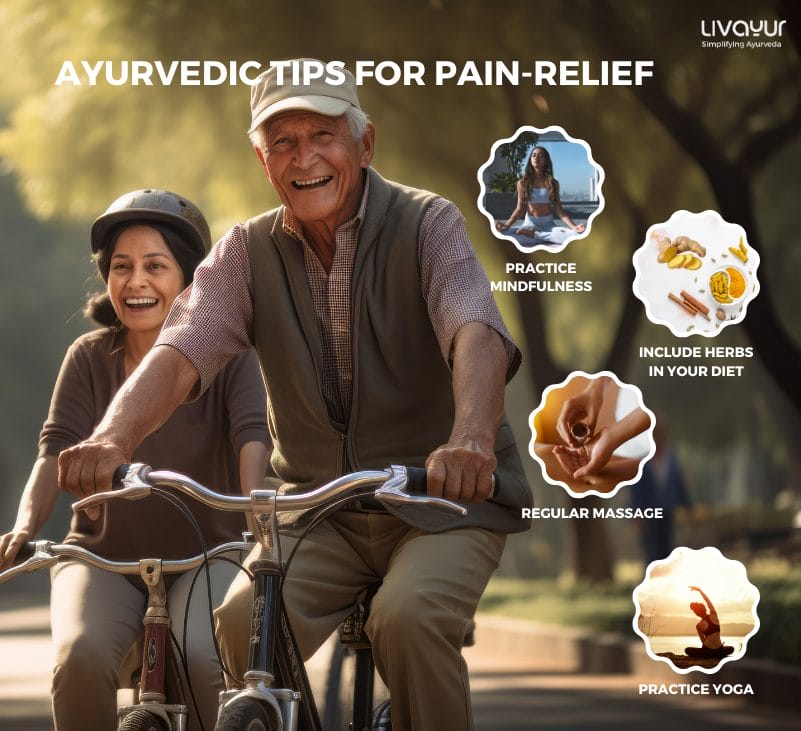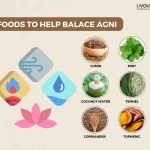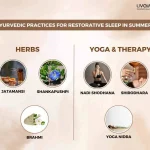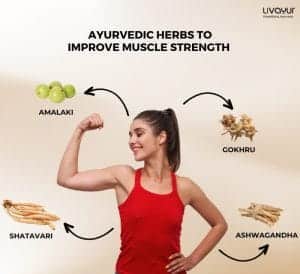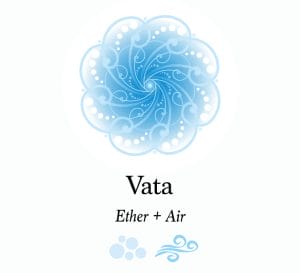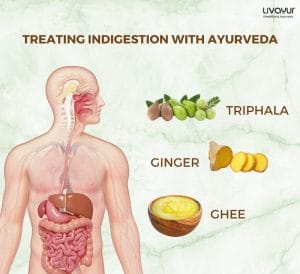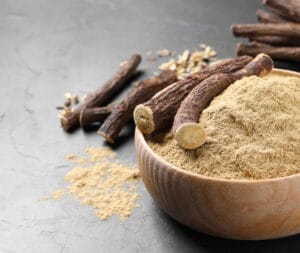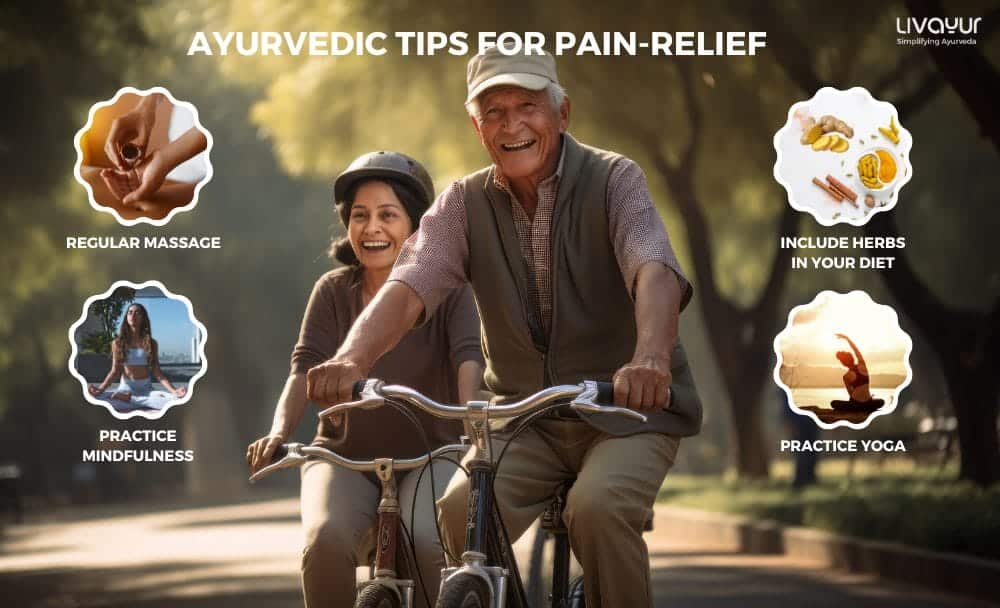
Pain is any mental or physical suffering caused by a disease or injury. You can experience pain anywhere in your body, such as in your tooth, muscles, joints etc. In the modern world, musculoskeletal and neuromuscular pain, like arthritis, sciatica, spondylosis and migraine have also become very common. Therefore, it has become essential to learn how to manage pain at home (1).
What Does Ayurveda Say About Pain?
According to Ayurveda, pain occurs due to vitiated Vata Dosha. Therefore, the Ayurvedic treatment of pain usually involves pacifying Vata Dosha in the body. Ayurveda proposes several therapies like Snehana, Swedana, Agnikarma, etc., to alleviate acute and chronic pain.
Apart from these therapies, Ayurveda also recommends various pain relief tips that you can use at your home to subside the pain naturally (1).
Let’s have a look at these time-tested pain relief tips from Ayurveda.
Pain Relief Tips Backed by Ayurveda
- Include Herbs in Your Diet
Several pain-relieving herbs are mentioned in Ayurveda, such as Haridra (turmeric), Ardrak (ginger), Dalchini (cinnamon), Lavang (clove), Tulsi (holy basil), Yashtimadhu (liquorice), etc. Some of these herbs can be used as spices in your food, while others can be consumed in the form of tea. Apart from alleviating pain, these herbs are also known to exhibit anti-inflammatory properties that aid in the treatment of pain-causing conditions (2).

- Practice Yoga and Pranayama
Yoga Asanas are highly effective in removing the strain on muscles and pacifying Vata Dosha in the body. The Yoga Asanas to be performed usually depend on the type of pain. For example, in the case of abdominal discomfort, Pawanmuktasana is recommended, whereas, in the cases of back pain, Marjariasana or cat-cow pose is advised.
Pranayama also helps in alleviating pain and improving the flow of Prana in the body. One of the most beneficial Pranayamas for pain relief is Kapalbhati (2).
- Practice Mindfulness
Although pain is perceived through the body, it is the mind that associates pain with physical and mental suffering. Mindfulness is a type of meditation in which a person has to be present in the moment and observes all the responses in the body without any judgement. It thereby helps free the mind from all the negative thoughts associated with pain (2).
- Eat a Vata-Pacifying Diet
As Vata Dosha is known to cause pain in Ayurveda, one of the best ways to alleviate pain is to eat a Vata-pacifying diet (2). A Vata-pacifying diet consists of warm, moist and light-to-digest foods, preferably of sweet, salty and sour tastes (3).
- Massage Your Body
Massaging your body with herbal oils helps to strengthen the muscles, alleviate pain and pacify all three Doshas in the body. Sesame oil is considered best for pacifying Vata Dosha. However, you can use any herbal oil to massage your body (4).
- Take the Help of Ayurvedic Medicines
There are several Ayurvedic formulations that can help provide relief in both acute and chronic pain conditions. Some of these Ayurvedic medicines include Seniorz Complete Joint Expert Lepa by Zanducare.
On a Final Note
Ayurveda pays significant importance to acute and chronic pain in the body and mind. It has, therefore, proposed several Ayurvedic therapies and natural remedies for alleviating pain.
One of the best Ayurvedic pain relief tips is including herbs in the diet. There are several easily accessible Ayurvedic herbs, like turmeric, ginger, etc., that can be used to treat pain. Practising Yoga and massaging your body also helps in fighting pain.
References
- https://www.wjpmr.com/download/article/33032018/1523880026.pdf
- https://www.researchgate.net/publication/331672467_PAIN_MANAGEMENT_THROUGH_AYURVEDA_A
- https://www.medicalnewstoday.com/articles/vata-dosha
- https://www.researchgate.net/publication/282938413_ROLE_OF_AYURVEDIC_MASSAGE_IN_CHRONIC_PAIN




